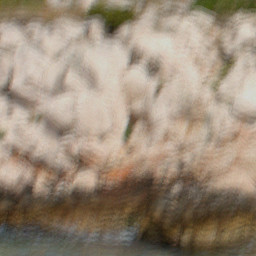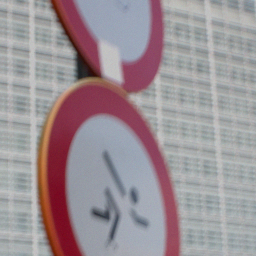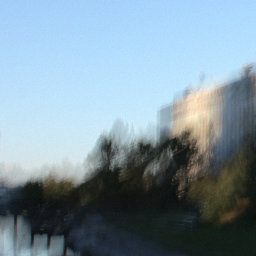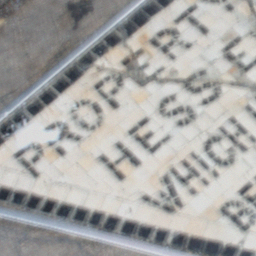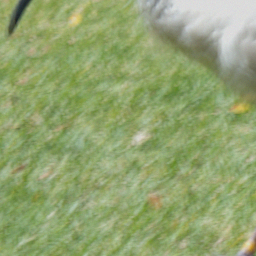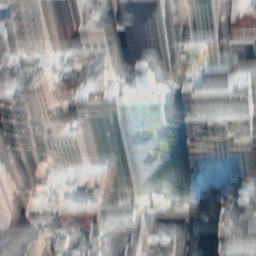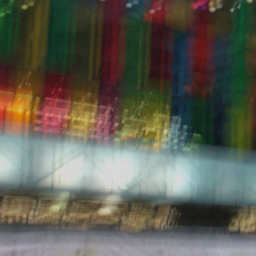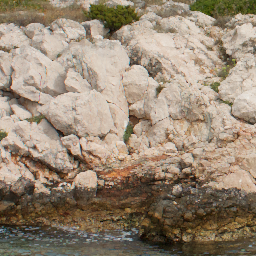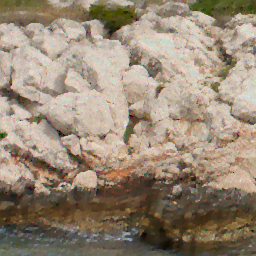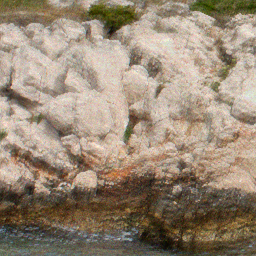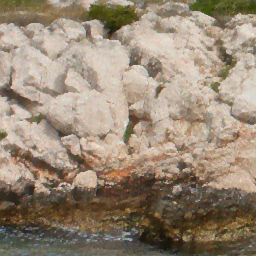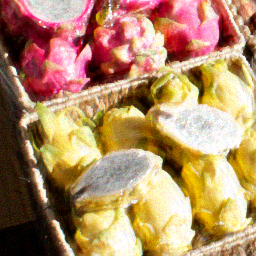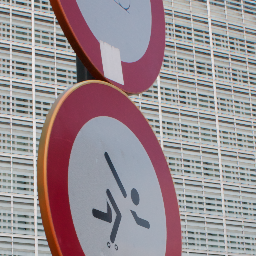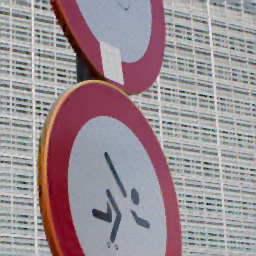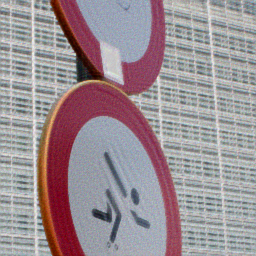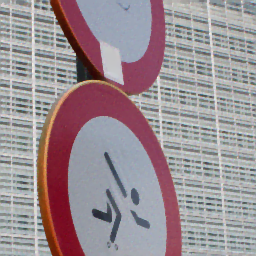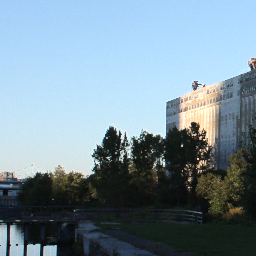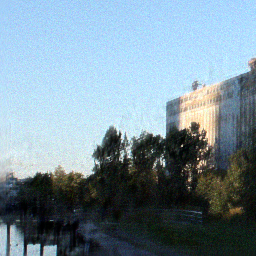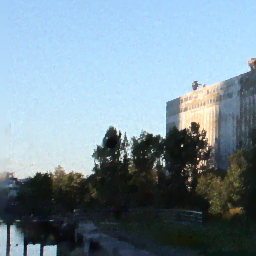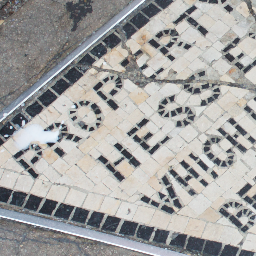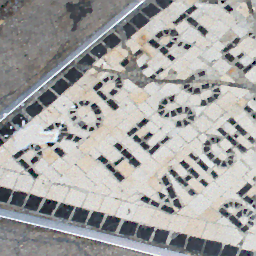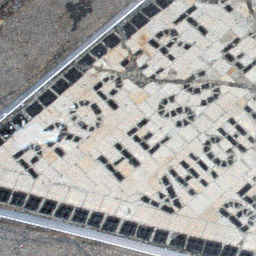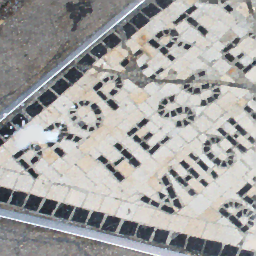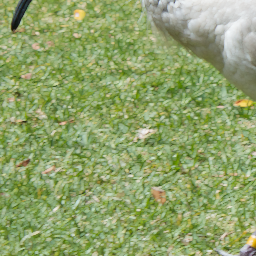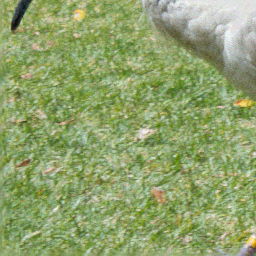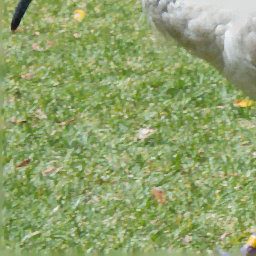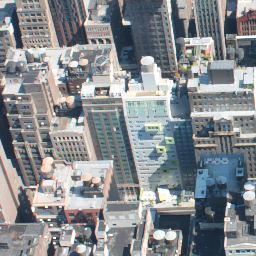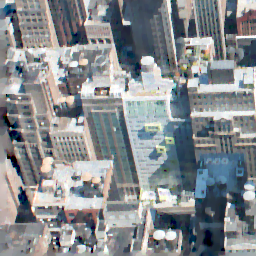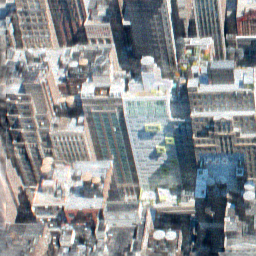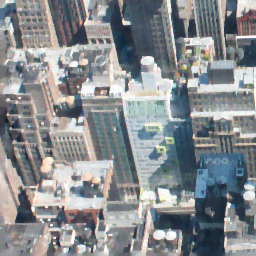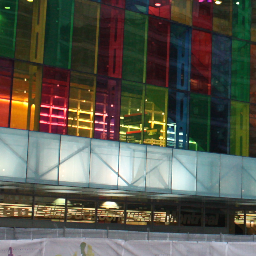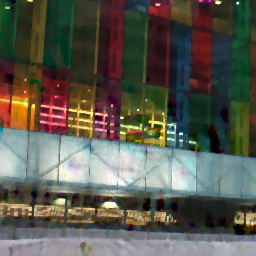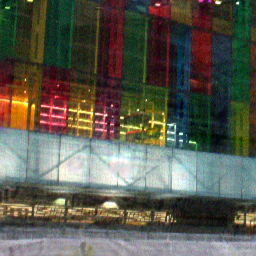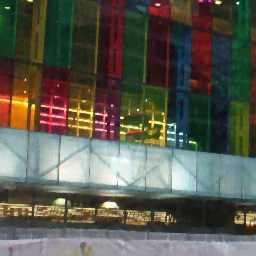Modeling Realistic Degradations for Non-Blind Deconvolution

| Input | Standard model | Our model |
Abstract
Most image deblurring methods assume an over-simplistic image formation model and as a result are sensitive to more realistic image degradations. We propose a novel variational framework, that explicitly handles pixel saturation, noise, quantization, as well as non-linear camera response function due to e.g., gamma correction. We show that accurately modeling a more realistic image acquisition pipeline leads to significant improvements, both in terms of image quality and PSNR. Furthermore, we show that incorporating the non-linear response in both the data and the regularization terms of the proposed energy leads to a more detailed restoration than a naive inversion of the non-linear curve. The minimization of the proposed energy is performed using stochastic optimization. A dataset consisting of realistically degraded images is created in order to evaluate the method.
Realistic image dataset
The dataset is composed of eight 256x256 images. To create the dataset, we chose eight high resolution sharp images. The images are converted to linear space by applying the inverse gamma curve and subsampled to reduce the residual quantization and noise. Then, each image is synthetically blurred using one of the kernels of Levin et al. [1], and saturated by clipping the pixels at the 98th percentile. Images are converted back to the non-linear space, where additive white Gaussian noise of variance \(σ^2 = 5\) is added. Finally a quantization with \(q = 1/256\) is applied.
Content of the dataset folder: ground-truths (float, TIFF format), kernels (float, TIFF format), degraded images (8bits, png), saturation values (txt).
Results
The results below are obtained by optimizing the regularization weight \(\lambda\) for PSNR in the first image. The seven other images used the same weight.
Image 1
Image 2
Image 3
Image 4
Image 5
Image 6
Image 7
Image 8
[1]: Anat Levin, Yair Weiss, Fredo Durand, and William T. Freeman, “Understanding and evaluating blind deconvolution algorithms,” 2009 IEEE Computer Society Conference on Computer Vision and Pattern Recognition Workshops, CVPR Workshops 2009, pp. 1964–1971, 2009.
[2]: Mariana S. C. Almeida and Mario Figueiredo, “Deconvolving images with unknown boundaries using the alternating direction method of multipliers,” IEEE Transactions on Image Processing, vol. 22, no. 8, pp. 3074–3086, 2013.
[3]: Oliver Whyte, Josef Sivic, and Andrew Zisserman, “Deblurring Shaken and Partially Saturated Images,” International Journal of Computer Vision, vol. 110, no. 2, pp.185–201, 2014.
